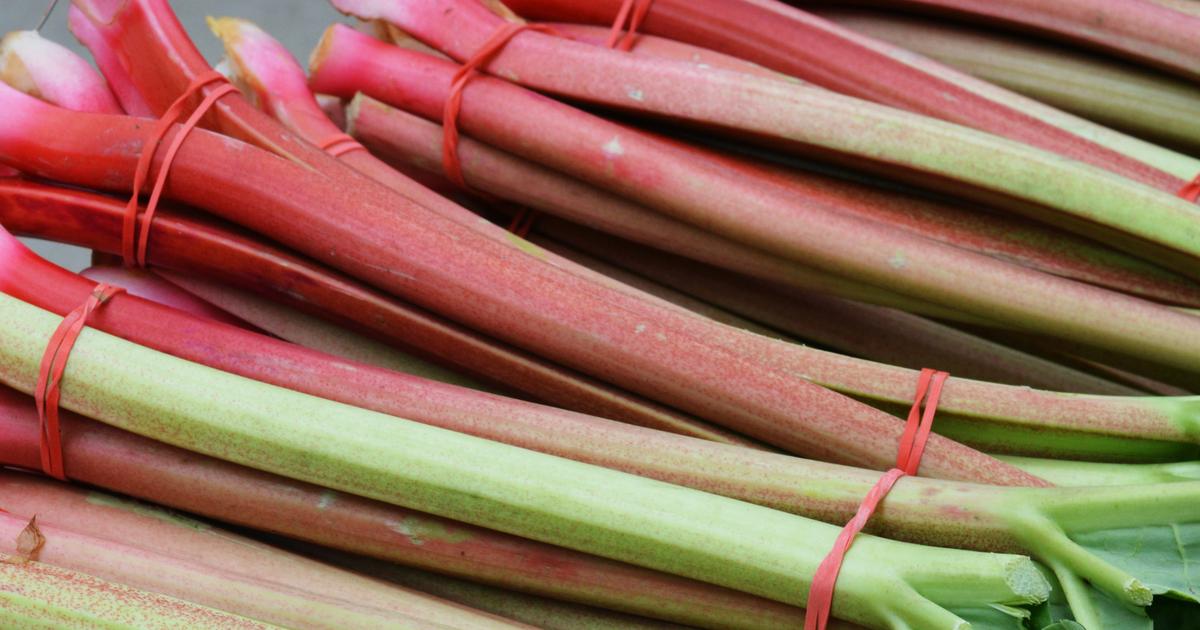Guide To Plants That Are Actually Poisonous
Rhubarb

Rhubarb is a spring vegetable that's popular in the Midwest, and it can also be found in dishes throughout the world. Most dishes utilize rhubarb as a fruit, though it's scientifically classified as a vegetable. Before cooking with rhubarb, though, individuals need to be aware of the plant's poisonous properties. The stalks from a rhubarb plant are completely safe for human consumption. Individuals can even eat them before cooking them, though they tend to be bitter. However, rhubarb leaves are exceptionally poisonous. The leaves of this plant are suffused with oxalic acid, which is a poisonous chemical that can be fatal in large doses. Oxalic acid works by binding to the calcium ions found in the blood, causing them to become ineffective. While individuals would need to eat multiple pounds of rhubarb leaves for the oxalic acid levels to become toxic in their body, oxalic acid has been linked to other health problems as well. It can cause interference with the kidneys, including an increased risk of developing kidney stones.
Continue reading to learn more about plants that are actually poisonous now.